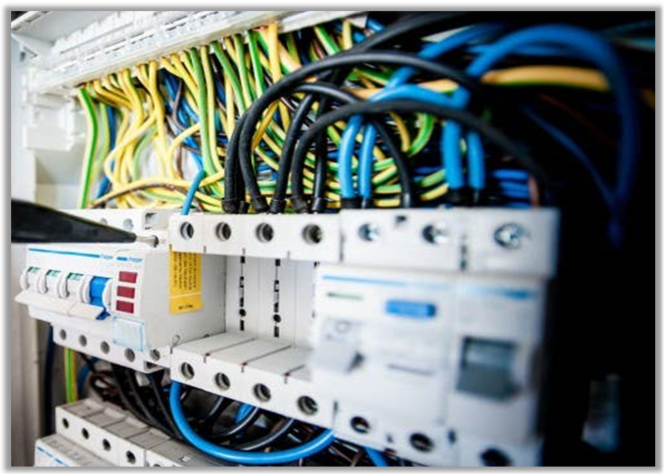Interested in becoming a certified Network & Systems professional? Contact your local TSCER branch by email or phone today!
DALLAS CAMPUS: 972-687-7746/info@tscer.org
SAN ANTONIO CAMPUS: 210-871-0678/info@tscer.org
HOUSTON CAMPUS: 832-240-1786/info@tscer.org
Industry Overview
The Information Technology industry is one of most importance as the world continues to rely more and more on technology. While there are various roles in the industry, Network & System Administrators specifically manage the day to day operation of computers. They ensure system communication is seamless for businesses and organizations.
With technology continuously advancing, the need for Network & System Administrators continues to increase. In fact, the U.S. Bureau of Labor estimates that employment of these professionals will increase 5% over the next several years. With the right training and certifications, administrators can earn up to $84,810 annually (2020).


Gain the Knowledge & Skills
Network & Systems Administrators not only require specific skills and knowledge, they also require system specific trainings and certifications. These certifications validate the knowledge of professionals, ensuring they are experts of each specific system.
TSCER’s program is designed to provide all the knowledge and certifications necessary to be successful in an entry level network & systems profession.
Real World Training
TCER’s Network & System Admin course will prepare students to earn the certification of network and system administrator. Graduates will be ready to work and assist IT department within organizations handling networking, routing, switches and other technical support assistance.
The student will be qualified for an entry-level career in as Network or System Administrator, Technician or Support Associate. TSCER’s program is available online and can be completed in little as 8 weeks.
TSCER’s NETWORK & SYSTEMS ADMIN
Sample Course Syllabus
Introduction to CCTV
Installation hands on and Mocks
Introduction to Computers (Desktops & Laptops)
1. BIOS-UEFI Tools
2. Motherboard Components
3. RAM Types
4. PC Expansion Cards
5. Storage Devices
6. CPUs and Cooling
7. PC Connection Interfaces
8. Power Supply
9. Custom PC Configurations
10. Display Types
11. PC Connector Types
12. Common Peripheral Devices
13. SOHO Multifunction Devices
14. Print and Image Technologies
15. Printer Maintenance
Breakdown & Assemble Computers (Desktops & Laptops)
1. Physical breakdown and assembly of desktop PCs.
2. Physical breakdown and assembly of laptops.
Introduction to Servers
Physical, Clouds and Router, Switches, Protocols
Ports, Protocols and Internet Connection Types
1. Comparing TCP and UDP
2. Well-known Ports
3. Learning the Major Ports and Protocols
4. Working with Ports and Protocols
5. Local Area Network (LAN)
6. Wide Area Network (WAN)
7. Metropolitan Area Network (MAN)
8. Wireless LAN (WLAN)
9. Personal Area Network (PAN)
10. Analog Modem and ISDN
11. DSL and Broadband Cable
12. Fiber Internet
13. Satellite Internet
14. Cellular Networks
15. Tethering
16. Line-of-Sight Wireless Internet
TCP-IP Basics
- Overview
- The OSI Reference Model
- MAC Addresses
- IPv4 Address Basics/Structure
- Classful vs. Classless IPv4Addressing
- RFC 1918 Private IPv4 Addresses
- IPv6 Address Basics
- Client IP Configuration
- Homework
- Overview
Network Architecture Devices
1. Overview
2. Hub
3. Switch
4. Router
5. Wireless AP’s
6. Firewall
7. Patch Panel
8. POE
9. Homework
10. Summary
Content Overview
Certification Exam
